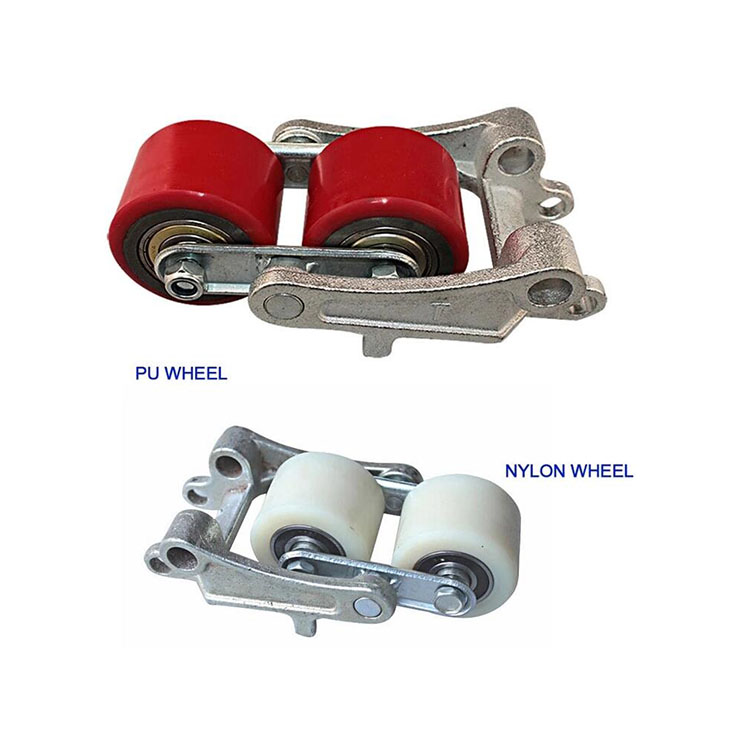


The Mini Electric Lift A Revolution in Vertical Mobility
In recent years, the demand for efficient and space-saving solutions in urban environments has surged, prompting innovations across various sectors. One notable advancement is the Mini Electric Lift, a compact and versatile system designed to enhance vertical mobility within buildings, particularly in settings where space is limited. This article explores the significance, features, and applications of Mini Electric Lifts, showcasing how they are revolutionizing the way we navigate multi-story structures.
What is a Mini Electric Lift?
A Mini Electric Lift is a small-scale vertical transport system that operates using electric power. Unlike traditional elevators, which can be bulky and require substantial structural modifications, mini lifts are designed to fit into tight spaces and often do not necessitate extensive construction. They typically have a lifting capacity ranging from a few hundred kilograms to around a thousand, making them suitable for transporting people as well as goods.
Key Features and Benefits
1. Compact Design The primary advantage of Mini Electric Lifts lies in their compact design. With minimal footprints, they can easily be integrated into residential buildings, shops, and small offices where space is at a premium. This makes them an ideal solution for homes with multiple floors or businesses requiring quick transport of items between levels.
2. Energy Efficiency As electric lifts, they consume significantly less energy compared to traditional hydraulic systems. Many models are equipped with energy-efficient motors and can operate on a standard power supply, reducing operational costs and making them environmentally friendly.
3. User-Friendly Interface Most Mini Electric Lifts come with intuitive controls, ensuring ease of use for a broad demographic, including the elderly and those with mobility issues. Safety features, such as emergency stop buttons, door sensors, and non-slip platforms, are commonly integrated to enhance user safety.
4. Quick Installation The installation process for these mini lifts is relatively straightforward, often requiring less time and fewer resources compared to standard elevators. This is particularly beneficial for retrofitting existing buildings, allowing for quick upgrades without major disruptions to daily activities.

Applications in Various Environments
Mini Electric Lifts are versatile and can be employed in numerous settings
- Residential Use For multi-story homes, these lifts provide an excellent alternative to stairs, ensuring that all family members can access different levels comfortably and safely.
- Commercial Spaces Small businesses and retail stores utilize mini lifts to transport goods between floors, making daily operations more efficient. They are especially useful in places where customers may need to access upper levels but where space constraints inhibit larger elevators.
- Healthcare Facilities In hospitals and care homes, Mini Electric Lifts assist in the movement of patients and medical equipment, streamlining procedures and enhancing patient care.
- Public Buildings Libraries, theaters, and community centers can also benefit from these lifts, making facilities more accessible to those with mobility challenges.
Conclusion
The Mini Electric Lift represents a significant advancement in vertical mobility, providing a practical, efficient, and space-conscious solution to modern transportation challenges. Its compact design, energy efficiency, and wide-ranging applications make it an attractive option for both residential and commercial use. As urban environments continue to evolve, the importance of integrating such innovative solutions will only grow, paving the way for a more accessible and efficient future. With ongoing advancements in technology, we can anticipate even more improvements in the functionality and features of Mini Electric Lifts, further solidifying their place in the landscape of urban architecture.



